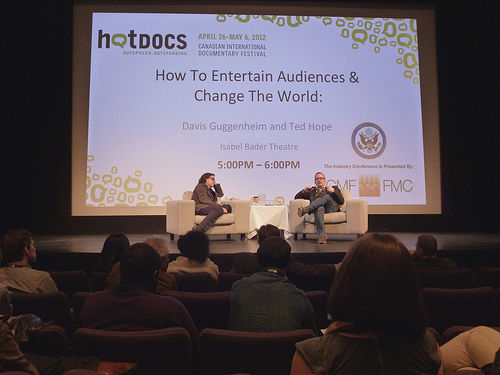In 1899, writer Robert Barr wrote in Canadian Magazine about the need for literature in Canada. He told how, as a young man, he went to see “the Niagara Falls” and came away disappointed by how unimpressive it was. That’s because “No reality can ever equal the expectation of a boy’s lurid fancy,” and his had been fired by a poem of England’s poet laureate Robert Southey, that appeared in all “readers” used then in Ontario schools. “The Falls of Ladore” began, Recoiling, turmoiling and toiling, and boiling . . . Years later, after he’d moved to the U.K. (and founded The Idler magazine), he went to see that “cataract.” He thought he’d locate it by its mighty roar but, stymied, sat down on some stones by the road till a passerby explained, “Why sir, you’re a-sittin’ in ’em.” It had been a dry summer and the “falls” were more what we’d call a rapids.
Barr’s point was that we see less what’s actually there than what we’ve been acculturated to see. It goes for history, too. A “comic opera” skirmish during the 1837 rebellion in Toronto would have been “the shot heard round the world” during the American Revolution 50 years before. The writers shape the experiences themselves. That’s why Canada needed literature.
I thought of Barr this week at the Hot Docs film festival, where I lucked into being on a jury. Hot Docs is a phenomenon. In just 20 years it’s become huge. At the start it was a gleam in filmmaker Paul Jay‘s eye. He convinced others “we could do it,” says co-founder Anne Pick. At first they sat around watching videos on TV sets in a hotel ballroom. Now in some ways it rivals the grandiose TIFF. It has lines around the block, directors and celebs (like atheist-scientist Richard Dawkins), formal and informal deal-making, lots of drinks in posh hotels. Built around documentaries. How does that happen? And why here?
During jury deliberations I blurted that I pretty much hate storytelling. I didn’t mean it as provocative but it got a strong reaction along the lines: That’s the basis of everything we do. It seems to me, though, that documentary is the form, or category, that doesn’t need to tell a story or fit into one, even if it can. It’s the mode in which you try to simply confront a slice of reality and react in a way that’s authentic or revelatory, then offer that to your audience. In this respect it’s like lyric — though not epic or narrative — poetry. It can do anything as long as some epiphany or other gets explored. This lack of need for a big cultural context or overarching story could be one reason Canadians (anglos especially) take naturally to documentary.
I concede that you’re never without some cultural and historical context you’re operating in, as audience or artist. But it’s not as coercive here, or as apparently daunting as what others often work in. It doesn’t require as much homage. For instance, three Canadian docs I watched had to do with the “impermanence” of architecture and culture here. Dale Sood’s The Impermanence of the Ordinary is about working-class Toronto houses that photographer Patrick Cummins keeps shooting as they metamorphose. None of it is inherently impressive, so it all gets readily remade — as if there’s nothing underlying worth preserving. It’s similar with John Scoles and Mike Maryniuk’s film on closing a beloved but not at all imposing Winnipeg diner. Hans Olson’s The Auctioneer is about shutting down farms and a way of life on the Prairies — affectionately but unsentimentally. Here today, gone tomorrow.
This “impermanence” in what we build, architecturally and culturally, may help account for the power of landscape in Canadian culture. I suppose landscape, too, is culturally mediated (like Niagara Falls) but the less that seems so, the more intimate the connection can feel. Canadians, for instance, have become superb at filming the emptyish Prairies.
I think it also helps explain the always looming cultural presence here of native peoples. Though they left no monumental architecture or written literature, they’ve been less obliterated by what those who usurped their places put there than is the case elsewhere.
This has nothing to do with being a “young country.” When the U.S. was half our age (counting from Confederation) it was culturally far more elaborated. I happened to be in Mozambique three years after it won independence from Portugal and its national cultural sense seemed as strong as ours is now.
I feel I should repeat: I’m not saying there’s no culture here. Culture is always present. But it’s less domineering here than elsewhere, making it easier for cultural producers to gravitate toward documentary modes, where you at least seem to encounter “reality” more or less direct and unmediated.
The elegant documentary filmmaker, Kevin McMahon, has suggested the humble doc be declared our “official art form.” I think he was being provocative but, based on the most enduring of artistic criteria, I’d say, Why not? Lacrosse is apparently our official sport and that hasn’t interfered with anything.
This article was first published in the Toronto Star.
Photo: US Mission Canada/flickr



